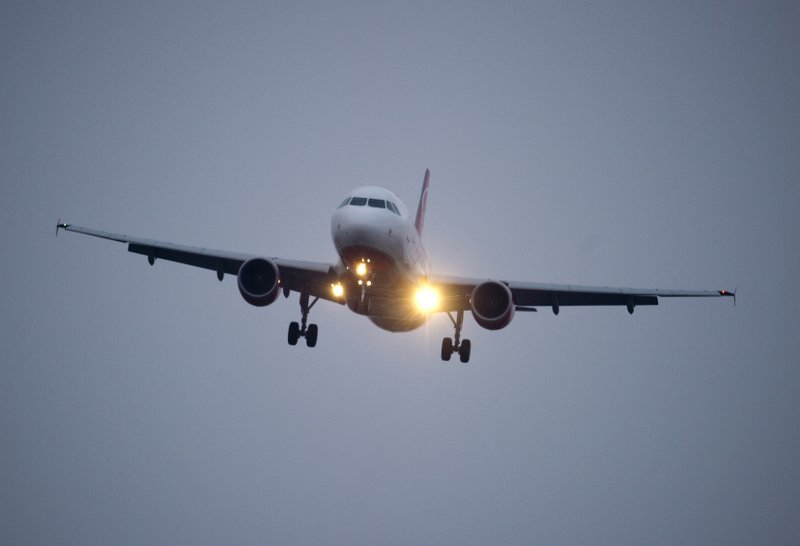LONDON — Many European flights took to the skies Tuesday for the first time in days, with even Britain’s busy airports promising to reopen, but the travel chaos was far from over: a massive flight backlog was growing and scientists feared yet another volcanic eruption in Iceland.
London airports were closed during the day Tuesday, and in the evening officials said they would reopen all U.K. airports Tuesday night. British Airways said it hoped to land two dozen flights in London from the United States, Asia and Africa.
It was the first day since Iceland’s Eyjafjallajokull (ay-yah-FYAH’-plah-yer-kuh-duhl) volcano erupted Wednesday that travelers were given a glimmer of hope.
Cheers and applause broke out as flights took off from Paris’ Charles de Gaulle Airport, Amsterdam and elsewhere. German airspace remained officially closed but 800 planes were allowed to land or take off, all flying at low altitude.
The Eurocontrol air traffic agency in Brussels said it expected just under half of Europe’s 27,500 flights to go ahead Tuesday, a marked improvement over the last few days. The agency predicted close to normal takeoffs by Friday.
But with more than 95,000 flights canceled in the last week alone, airlines faced the enormous task of working through the backlog to get passengers where they want to go — a challenge that could take days or even weeks.
Passengers with current tickets were being given priority — stranded passengers were being told to either pay for a new ticket, take the first available flight or to use their old ticket and wait for days, or weeks, for the first available seat.
Although seismic activity at the volcano has increased, the ash plume appeared to be shrinking Tuesday. Still, scientists were worried that the activity could trigger an even larger eruption at the nearby Katla volcano, which sits on the massive Myrdalsjokull icecap and has erupted every 80 years or so — the last time in 1918.
